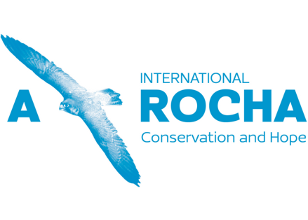So much room for mushrooms
In the Czech Republic, mushroom hunting is something of a national sport. For a long time, wild mushrooms have provided an important food source for families, particularly when times have been hard. And being able to distinguish edible species from those that should be left well alone is an art form passed down through generations.
In September, at the peak of the picking season and just before COVID-19 restrictions tightened again, the A Rocha Czech Republic team were able to hold two mushroom exhibitions – first in Dobré, then in Prachatice. Together they welcomed several hundred visitors, eager to share in the fungi fun. The collection featured around 150 species, including the most poisonous mushroom, the Death Cap Amanita phalloides and the exotic looking Anturus archeri, also known as Devil’s Fingers or Octopus Stinkhorn.

Octopus Stinkhorn Clathrus archeri by Oilys (CC BY-SA 3.0)
The annual exhibitions aim to teach children and adults about the dangers of consuming certain mushrooms – the Death Cap causes several fatalities in the Czech Republic every year – and also highlight those that should not be picked for conservation reasons. Beautiful species, like the Pine Bolete Boletus pinophilus are becoming increasingly rare, yet is not currently protected.
Circle image by carboxaldehyde from Pexels
